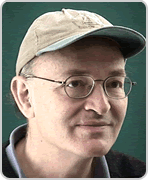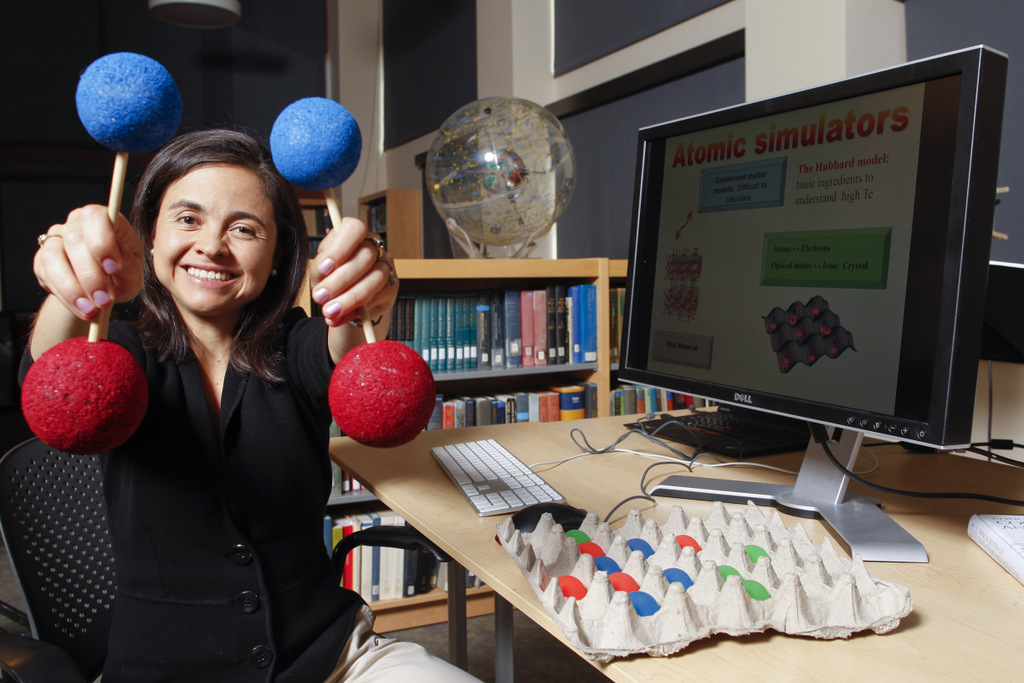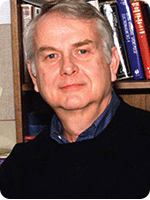Ed Ott Awarded Julius Edgar Lilienfeld Prize
- Details
- Category: Department News
- Published: Wednesday, October 02 2013 11:02
Professor Ed Ott has been awarded the 2014 Julius Edgar Lilienfeld Prize of the American Physical Society. Unlike most APS awards, the Lilienfeld Prize recognizes an "outstanding contribution to physics by a single individual" regardless of sub-field. Professor Ott was cited for "pioneering contributions in nonlinear dynamics and chaos theory that have been uniquely influential for physicists and scientists in many fields, and for communicating the beauty and unifying power of these concepts to remarkably diverse audiences."
 Ed Ott
Ed Ott
Professor Ott is a Distinguished University Professor of Electrical Engineering and Physics and a member of our Institute for Research in Electronics and Applied Physics (IREAP). He received his B.S. in Electrical Engineering at The Cooper Union and his M.S. and Ph.D. in Electrophysics from Polytechnic University, then enjoyed a postdoctoral fellowship at the Department of Applied Mathematics and Theoretical Physics of Cambridge University. Returning stateside, he joined the Electrical Engineering faculty at Cornell. He left Ithaca in 1979 to join the Department of Physics and Department of Electrical Engineering at the University of Maryland, and has also held appointments at the Naval Research Lab and what is now the Kavli Institute for Theoretical Physics at the University of California, Santa Barbara.
In 2011, he was named the Yuen Sang and Yu Yuen Kit So Endowed Professor of Non-linear Dynamics. He is a Fellow of the Society for Industrial and Applied Mathematics, the American Physical Society and the Institute of Electrical and Electronics Engineers.
Early in his career, Professor Ott researched intense charged particle beams and the theory of plasmas. Here in College Park, he began to delve into chaos, including chaotic scattering; fast magnetic dynamos; fractals, transport, and Lagrangian chaos in fluids; control of chaos; fractal basin boundaries; communication with chaos; and transitions of the dynamics of chaotic systems.
He has published about 300 journal articles and written a well-regarded textbook, Chaos in Dynamical Systems. He is also an editor of Coping with Chaos, a collection of reprints that focuses on how scientists observe, quantify, and control chaos.

